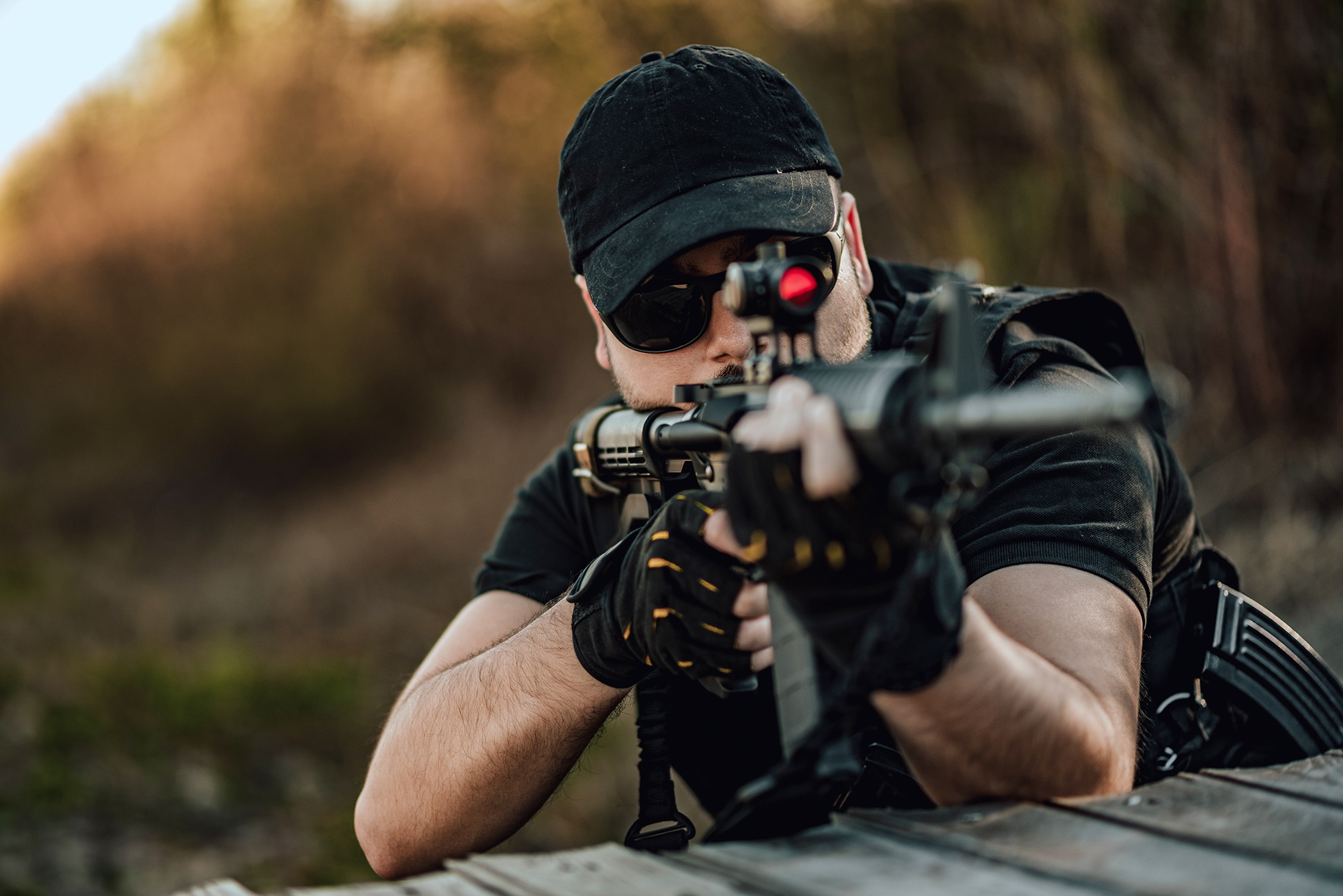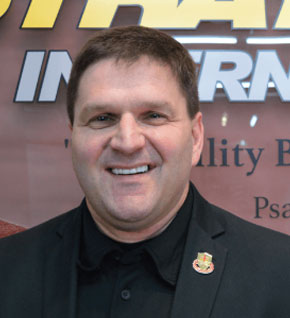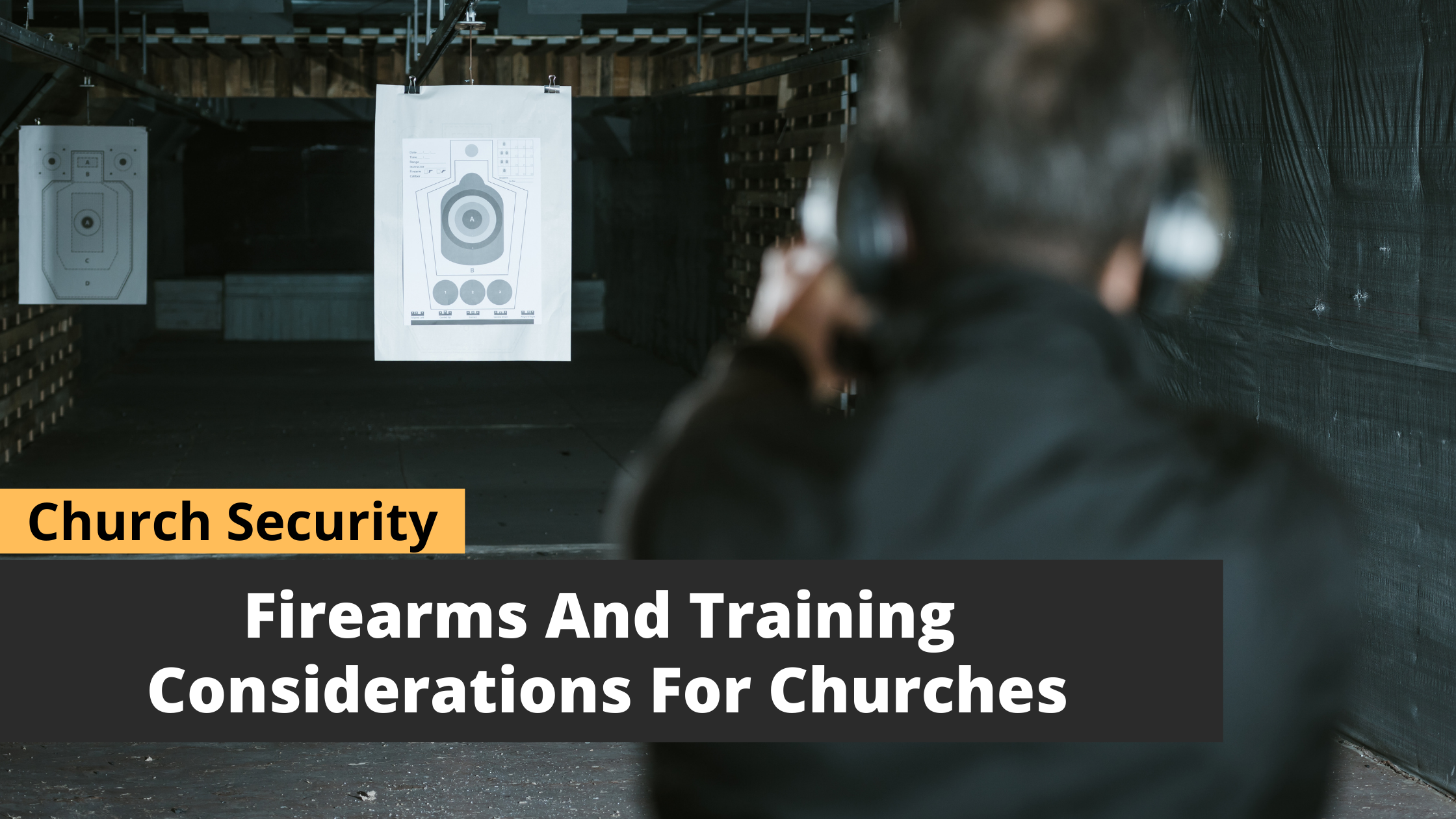Church Security
“What Would You Do” if an active shooter showed up?

An incident in rural Alaska brings home the importance of training.
“What Would You Do?” is a long-running ABC television program hosted by John Quiñones. A hidden camera records the public’s response to actors who engage in conflict, unethical or illegal activity. The scene is staged, but half the people don’t know it.
Afterward, John bursts onto the scene and interviews the bystanders caught up in the moment.
A recent active shooter attack in rural Alaska brought this show to mind. As you read on, contemplate what would you do?
It takes a village … for an active shooter
What makes this incident stand out is its location: the thriving metropolis of Kwethluk. Yes, that Kwethluk – a place you’ve never heard of. With a population of about 700, Kwethluk is 386 miles from Anchorage, 954 miles from Juneau and 513 miles from Fairbanks. If you Google directions from Anchorage to Kwethluk, the response is “sorry, we could not calculate driving directions.”
Television station KTUU of Anchorage reported that Kwethluk was nearly besieged by an active shooter. According to the station, here’s what happened:
A man broke into the village’s police station, grabbed guns and donned tactical gear. The break-in triggered an alarm, which sent villagers scrambling to the station because they thought it signaled a house fire.
In the midst of this surge of volunteer firefighters, the assailant staged multiple weapons and began shooting.
Imagine the scene: You’re in a village in the middle of the Alaska wilderness. There’s no rapid response team, no 911, no hospital. And someone has taken over the police station and is taking pot shots. This could be a disaster.
But it wasn’t.
Wanting More Information On Intruder Response & Active Shooter Training?
Great for What area?
The report tells us why: “An unnamed community member observed the active shooting and left the scene to get a rifle. Upon returning, the community member was able to convince Nicolai to lower his weapon and [police] were able to detain him.”
I don’t want to infer too much from this short report, but several points can be made.
- Be ready. It’s unlikely anyone woke up in Kwethluk that day and thought someone would take over the police station and start shooting at citizens. Learn what to do when and
- Shootings can happen anywhere. I grow weary of hearing “it can’t happen here because …” Statistics show rural areas are more likely than big cities to be the location of mass shootings. If it can happen in Kwethluk, it can happen anywhere.
- Tactical training is critical. The unnamed hero went home to get a weapon. We don’t know about his skill level, but if he was going to get his rifle, he had better know how to use it. Shooting wildly – even with the best of intentions – around a large crowd of people can result in “friendly fire.” It’s never friendly.
- Learn the art of de-escalation. The assailant surrendered without a shot fired, although it must be noted that the negotiator was holding a gun. We win 100 percent of the fights we never engage in.
I salute the unnamed citizen in this article who may have prevented mass murder. Heroes deserve recognition. But, as the saying goes, heroes are made, not born. A lifetime of skill and character development bring us to the stage where we’re ready to provide a heroic response.
And a heroic response doesn’t necessarily involve a gun. It may mean locking a door, turning out the lights and closing the blinds. It may mean calling 911. It may mean all those things and more.
The Greek poet Archilochus is credited with saying, “We don’t rise to the level of our expectations, we fall to the level of our training.”
The more we train, the more confident we can be of our response when asked, “What Would You Do?”






